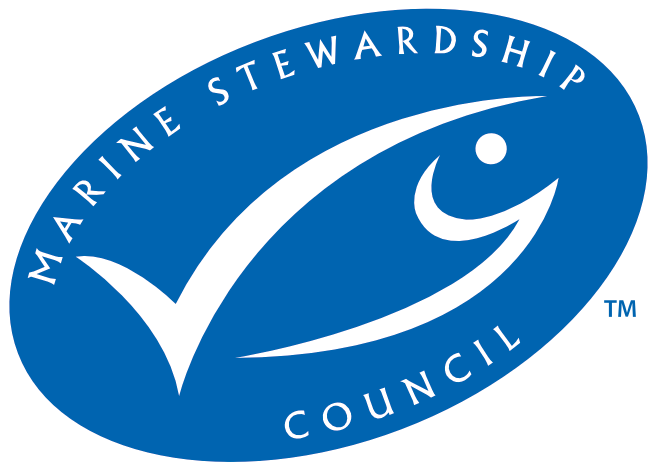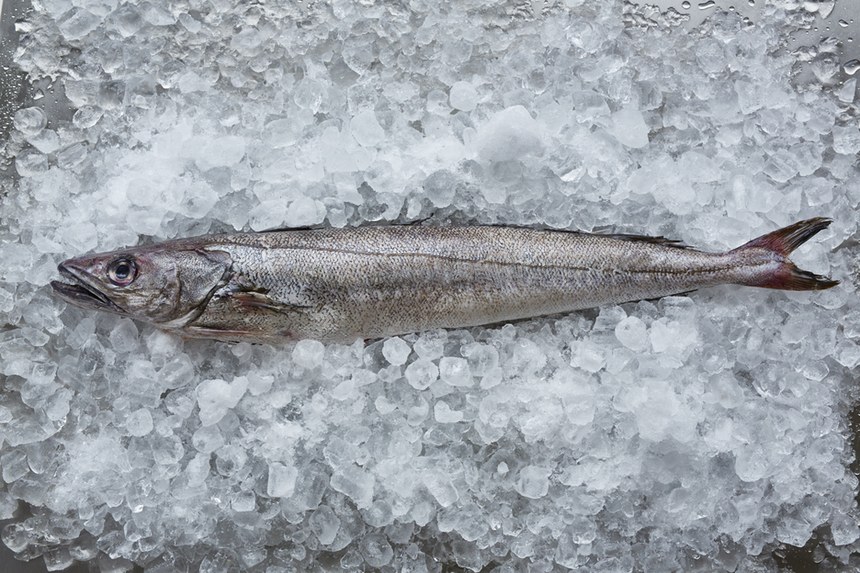
- Certifier :
- LRQA (Seafood) Limited
- Certified status :
- Certified
- Certified since :
- 11 Jun 2015
- Certificate expires :
- 19 Mar 2026
Overview
Fisheries are composed of one or more parts, each of which is entitled to receive an MSC certificate. These parts or “units” are defined by their target stock(s), fishing gear type(s) and if relevant vessel type(s), and the fishing fleets or groups of vessels.
When the term “Unit of Certification” is used for fishing units that are in assessment, it refers to the “Unit of Assessment” or “Unit of potential certification”. Expand a status below to view the parts that form this fishery. To check the detailed scope, download the latest certificate or open the Assessments page to get the latest report. Find out more by visiting our page on Fisheries
Catch by Species
| Species | Reported Catch Year | Metric Tonnes |
|---|---|---|
| European hake (Merluccius merluccius) | 2022 | 1,074.3 |
Information is provided by an independent Conformity Assessment Body as live weight (the weight of species at the time of catch, before processing) and where a fishing season covers multiple years, the end year is given as the reported catch year. Additional information is available in the latest report, see the assessments page.
Eligibility, client groups and vessel lists
A fishery may choose to define the members of the fishery certificate. These members can be vessels or other client group members (e.g. companies that own vessels and/or companies that are named as eligible to handle certified product covered within the fishery certificate scope). Please refer to the fishery certificate statement on additional product specific eligibility criteria (e.g. product eligibility limitations, eligibility date, exclusive points of landing and the point where Chain of Custody certificate is required). Please consult the fishery Public Certification Report for product eligibility rationale.
| Documents | Published on | Files |
|---|---|---|
| Vessel List | 25 Mar 2021 | 1 files |
About this Fishery
Cornwall caught European hake on ice image © Clive Streeter / MSC
European hake are found along the continental shelf and the shelf slope in the north-eastern Atlantic. Their distribution stretches from northern Norway and Iceland south to Mauritania and they normally live at depths of 100-300m.
Cornish fishers manage a fleet of 15 boats ranging in size from 12m to nearly 23m long. They catch hake from the Celtic Sea to the west of the UK mainland and the south of Ireland. Together they land just under 1,000 tonnes of European hake per year into Newlyn, Cornwall.
Hake has been a popular species for many years. However, by the late 1990s Cornish hake stocks had become slightly depleted.
Cornish fishers cut back on catching hake, and set up a new management plan in 2001. Since then, hake stocks have recovered to nearly double their low point.
One of the fishery's key strengths is the use of gillnets with a larger mesh size than the legal requirement. These nets only target the larger hake and allow the smaller juveniles to swim free, leaving more fish to reproduce.
“We are proud of how the industry has responded to the challenge of working with scientists to better understand the state of fish stocks and where action has been needed to improve stocks it has been taken. What better way to demonstrate that than going through MSC assessment.”
Paul Trebilcock, CEO, Cornish Fish Producers Organisation
If you want to learn more about all current UK & Irish Fisheries’ journeys to certification, find out where to buy UK and Irish seafood with the blue fish, and get your hands on the latest mouth-watering recipes, visit the UK & Irish Fisheries Spotlight.
Market Information
The main market for Cornish hake is in Europe, particularly Spain, France and the UK. Fish are sold as fresh, whole, gutted fillets and steaks into retail and restaurants.
